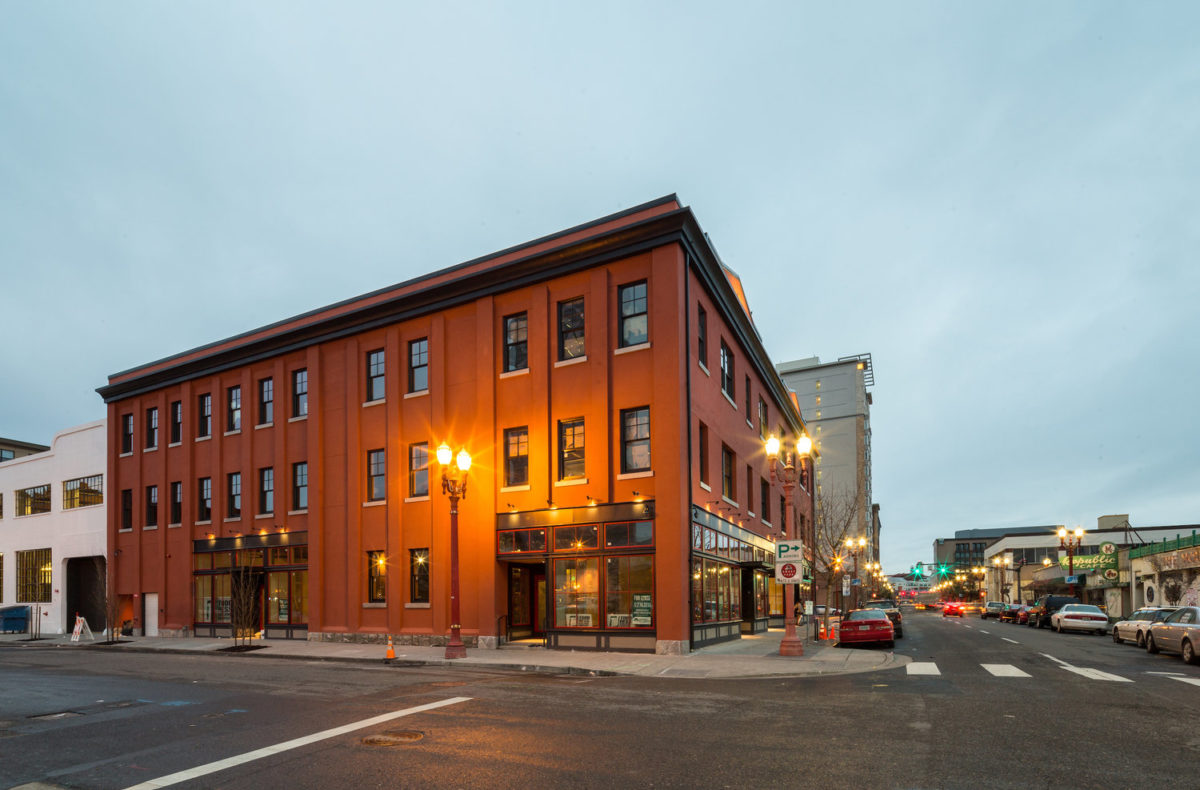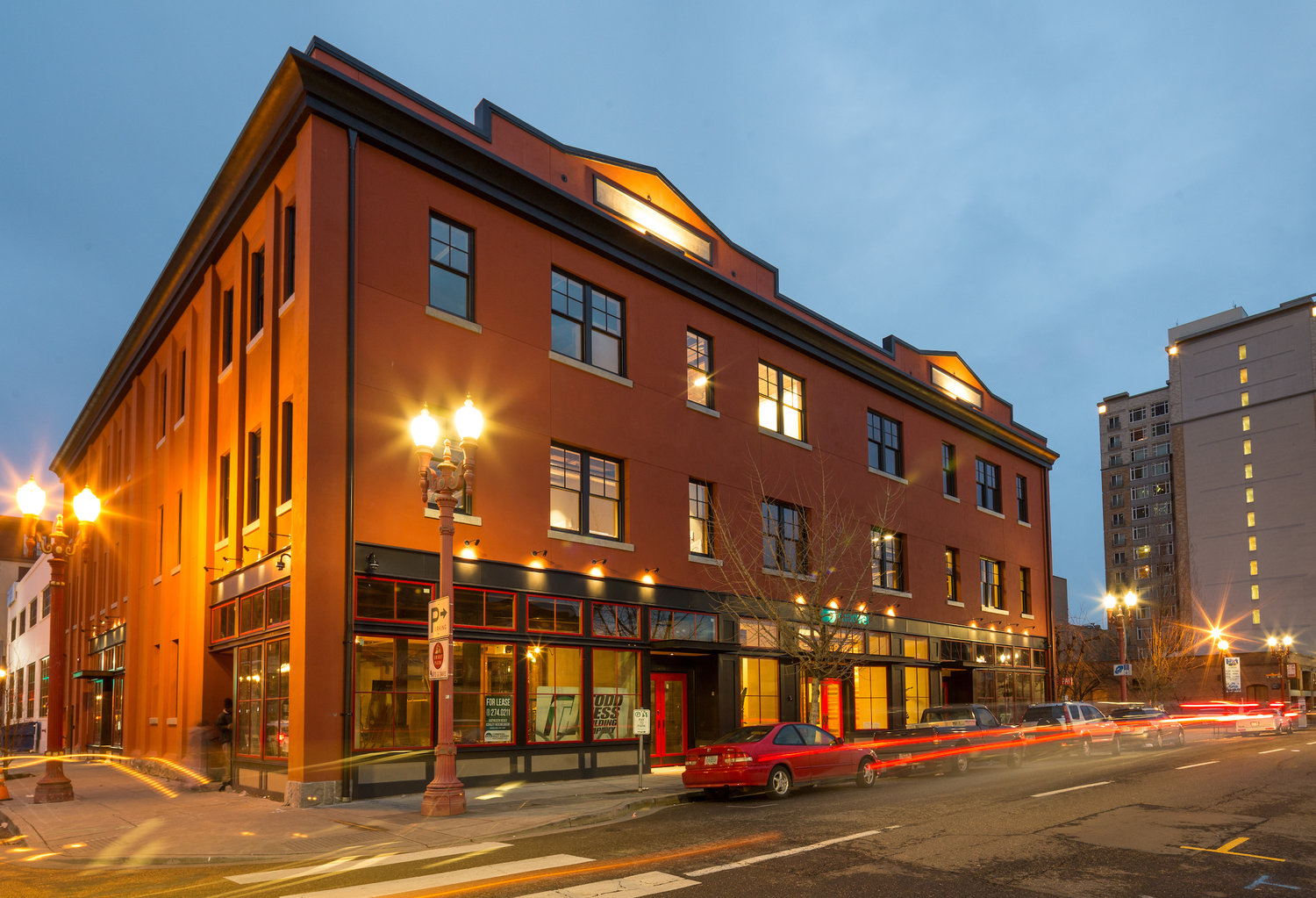
OVERLAND
Originally built in 1889, the Overland Warehouse is located in the heart of Portland’s Chinatown. This 40,000 sf building has seen life previously as temporary immigrant housing, a neighborhood market, and a nightclub. We restored its historic beauty while adding modern features to today’s creative office tenants. Major seismic upgrades allowed us to open up the floor plan, adding skylights and atrium cutouts that bring daylight into the spaces below. Exposed structural steel, wood beams and trusses create a NW industrial feel that speaks to the building’s history. Residing in a neighborhood on the cusp of revitalization, these tenants are establishing themselves in a beautiful and vibrant space for years to come.
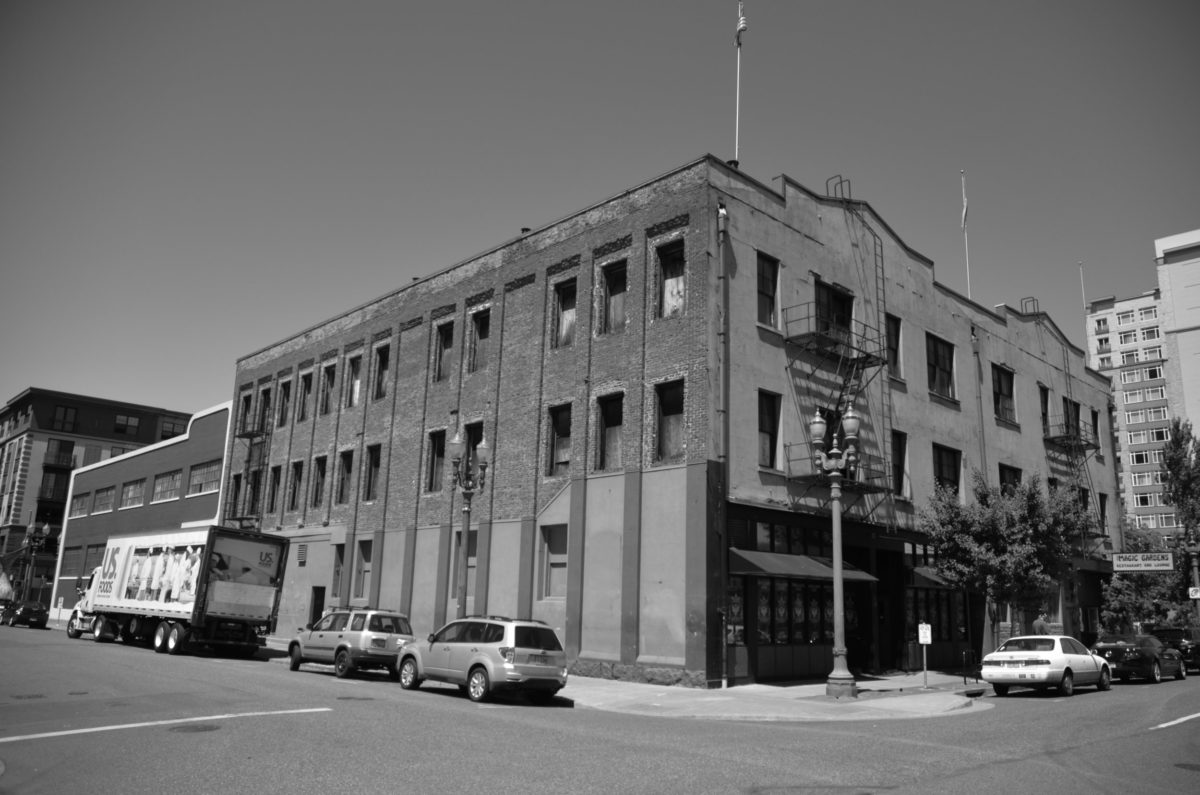
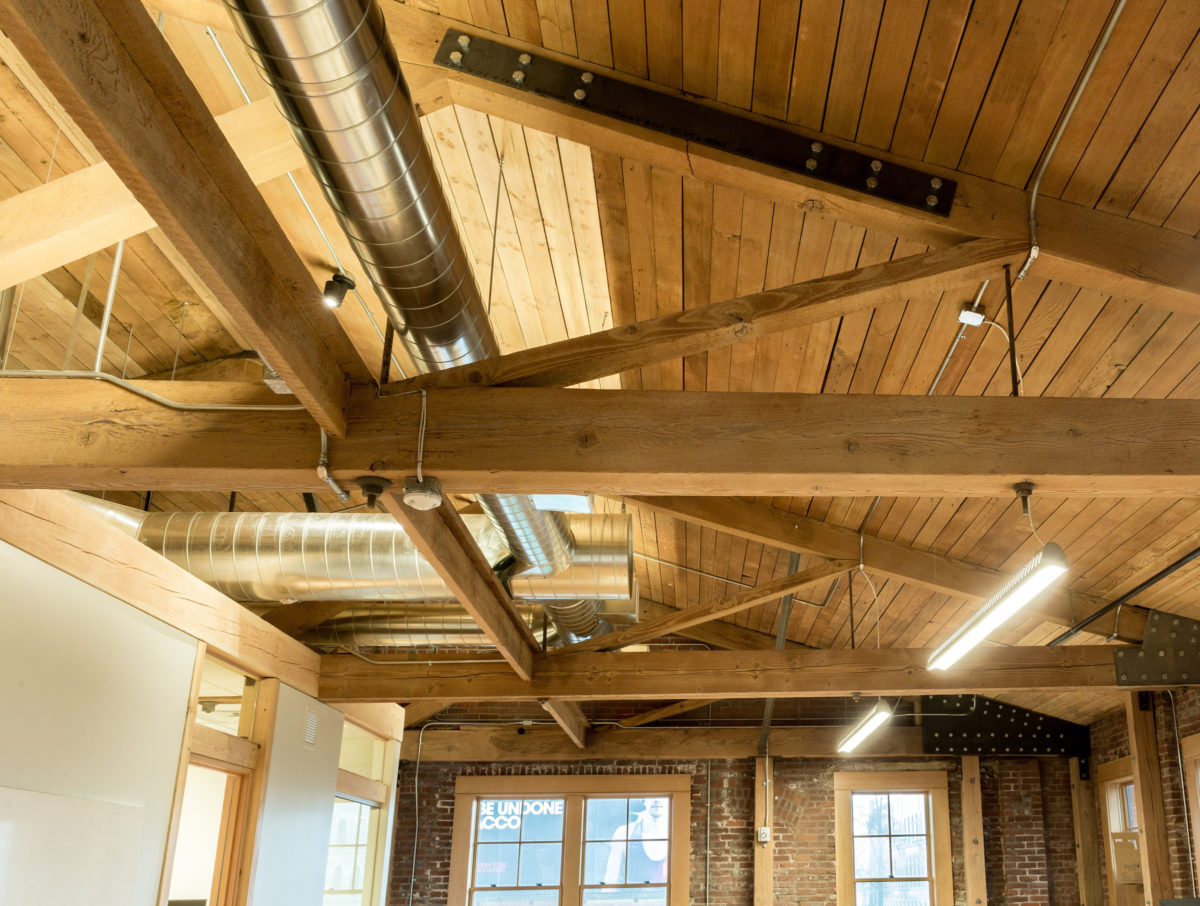
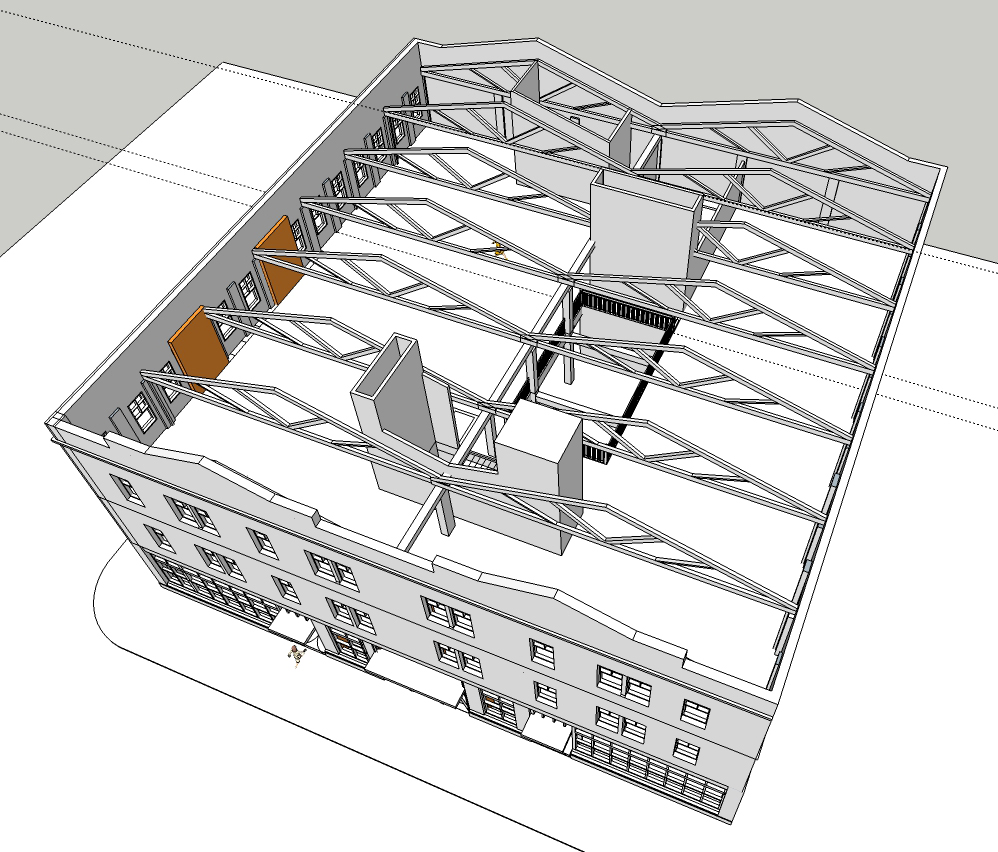
We began by unearthing the bones of the building. Exploring the space from roof to basement, we discovered huge trusses and knew we would be tearing out the ceiling to reveal this amazing structure. By showcasing that structure with a shaft of light, it became part of our daylighting strategy. The ends of the old-growth, heavy timber trusses were rotting from years under a leaky roof. Some were twisted, some were damaged more extensively than others, and the loads on each truss differed. Custom metal gusset plates were designed and implemented throughout. Looking across the airy expanse now, the metal detail and the trusses all read the same, creating a unified design element serving a vital support function. But up close, inspection shows that each metal piece was designed to accommodate the different twist, turn, distance, damage and load of each truss. Overland Warehouse’s gorgeous third floor is a marvel of engineering, beautiful strength that floats.
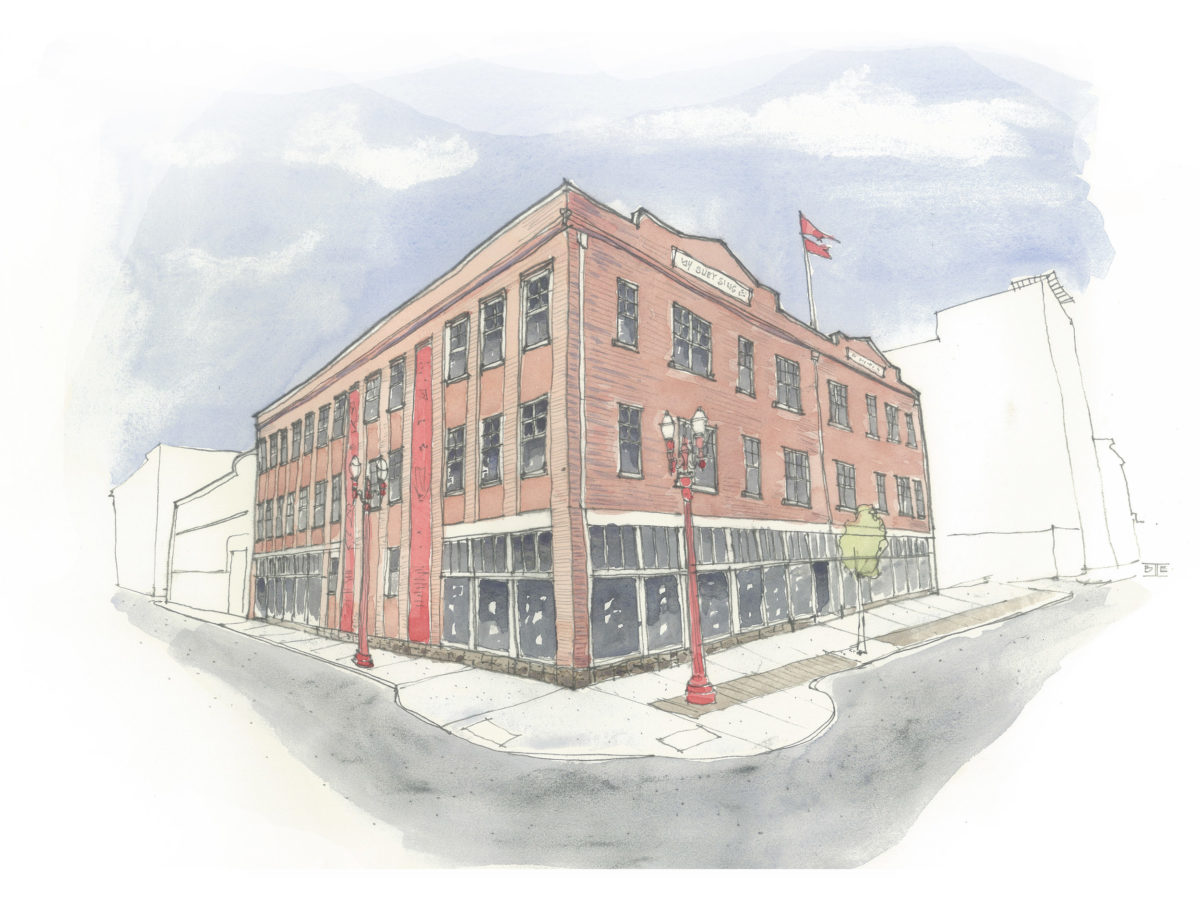
What was initially constructed as a warehouse in 1889 was heavily altered to become Chinese tenement housing as part of the Suey Sing organization in 1913. When we stepped in, the building had been abandoned for decades and the majority of the upper floor windows were either missing or weathered beyond repair. The ground floor was occupied by exotic dance clubs with blacked out aluminum windows that were not compatible with the historic building. Decades of modifications had changed the cornice and parapets and prior clients had removed large portions of the exterior plaster and destroyed the outer fired brick face. Additionally, the roof had leaked for years, causing damage to the heavy timber structure.
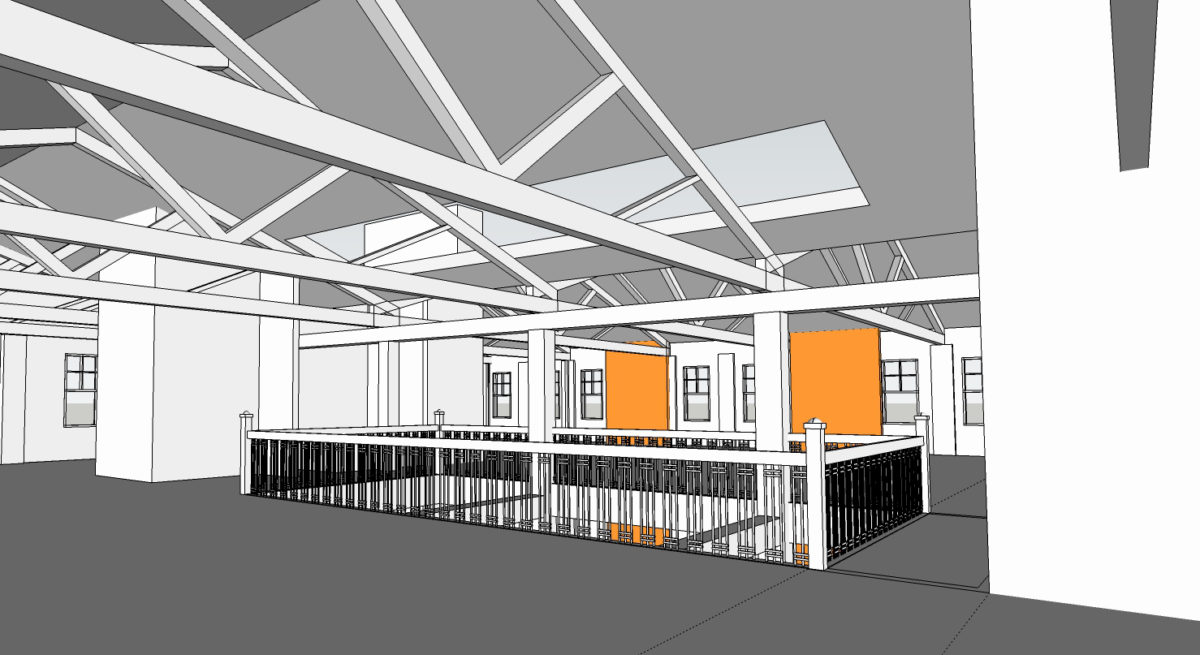
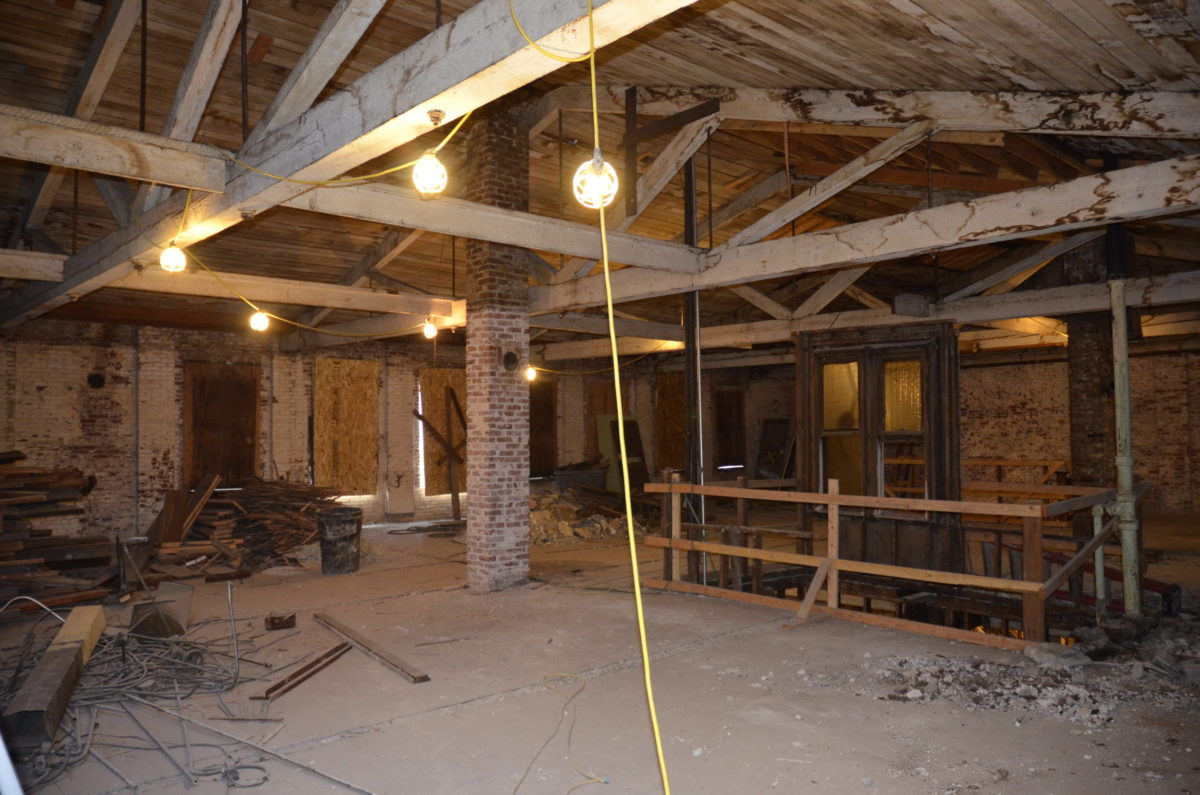
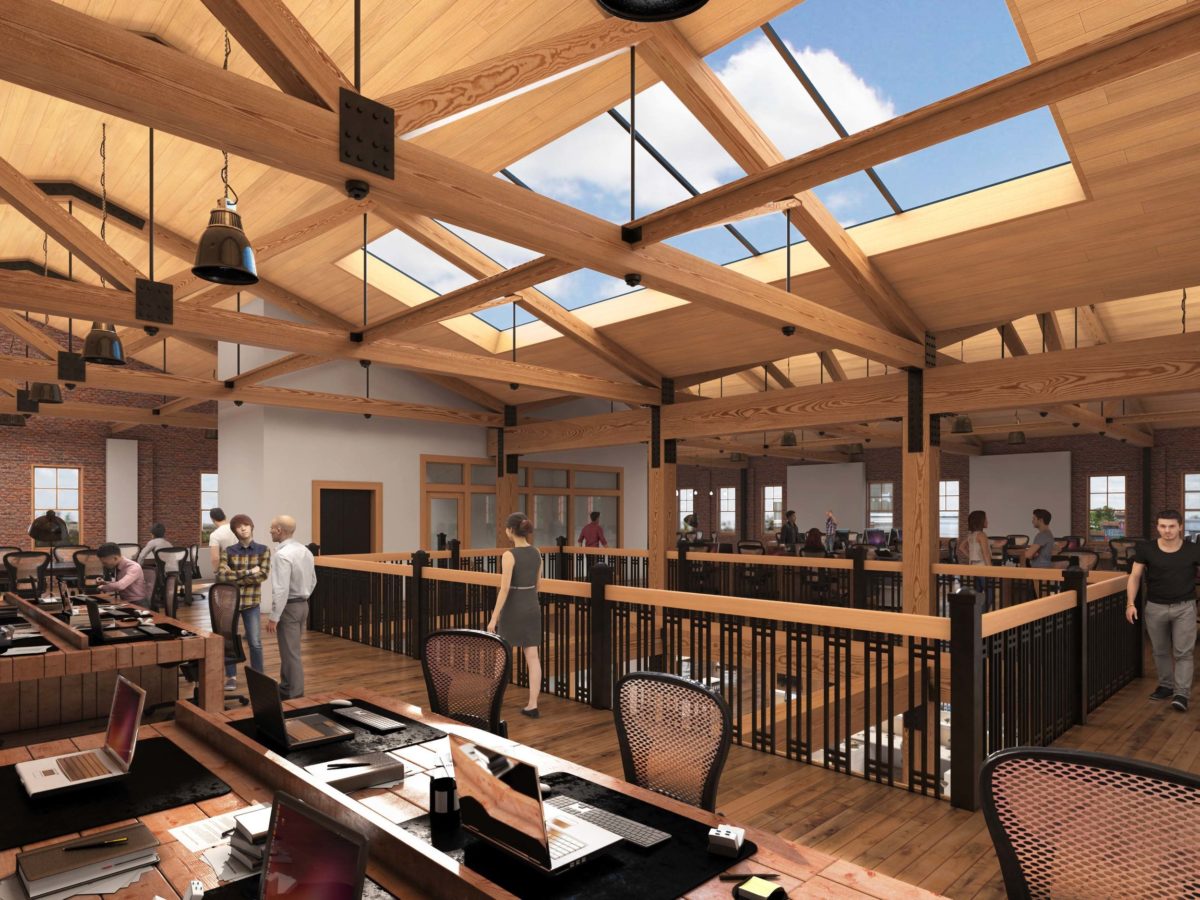
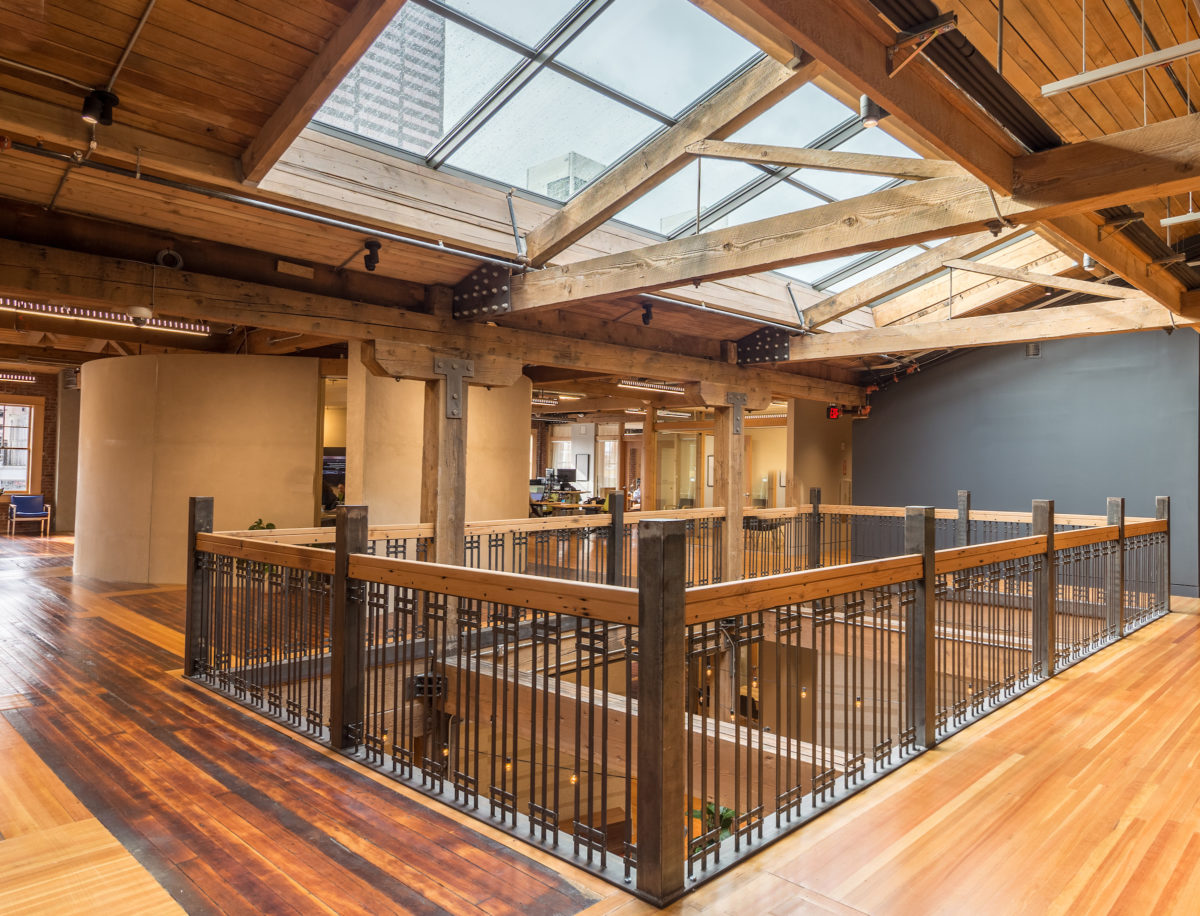
Thus began months of distillation, design, creativity and construction. Looking beyond layers of dust and broken glass, seeing through the dark history of the building to envision exposed timbers, an atrium, a beautiful reclaimed stairway, and ultimately a bold, proud, beautiful, and marketable building making a statement on the corner of 4th & Davis.
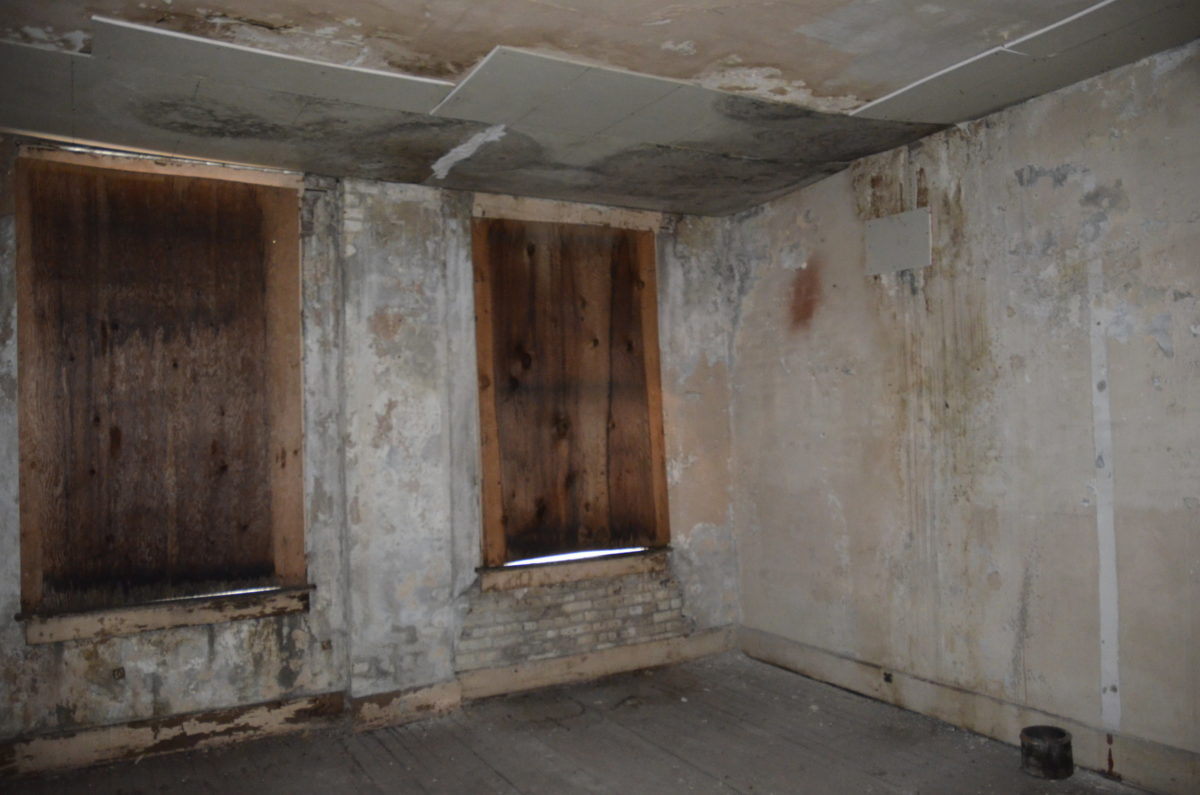
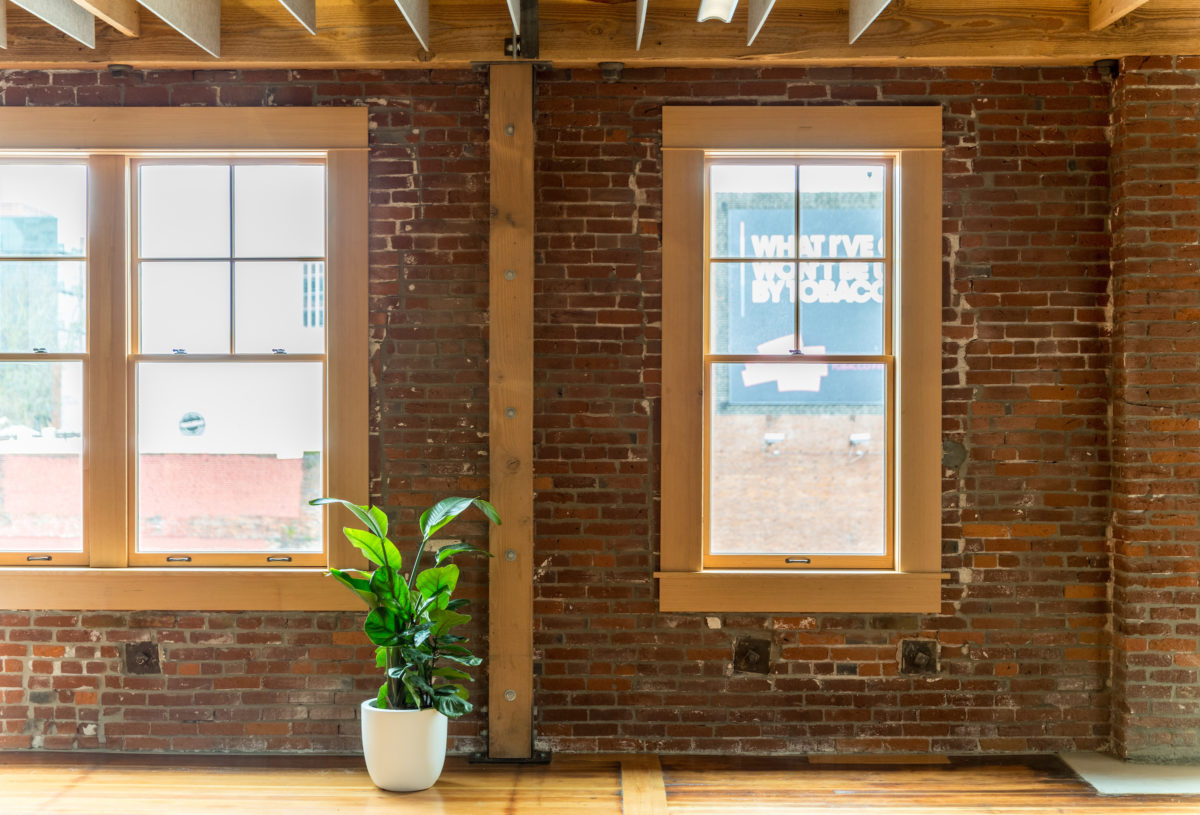
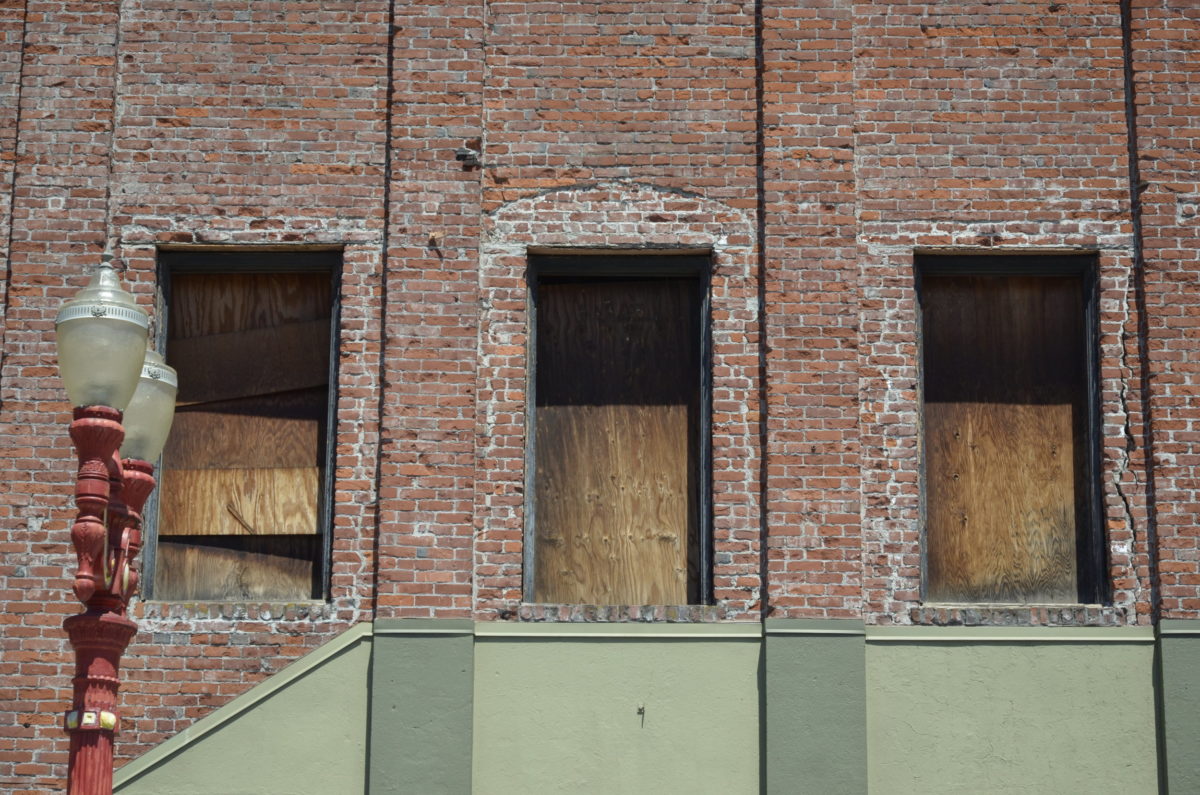
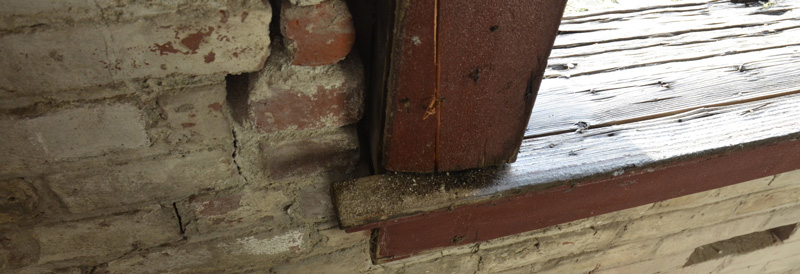
We chose to honor the Chinese experience and respect the Historic District on the exterior, while uncovering the warehouse’s late 1800’s timber industry heritage on the interior. The exterior masonry walls were in poor condition and required full tuck-pointing inside, along with new cement plaster outside to return it to the original finish. Tapping into Brian Emerick’s experience as Landmarks Chair, we navigated the design review process and successfully restored the historic character of the primary building while creating ground floor retail spaces to help reactivate the historic neighborhood.
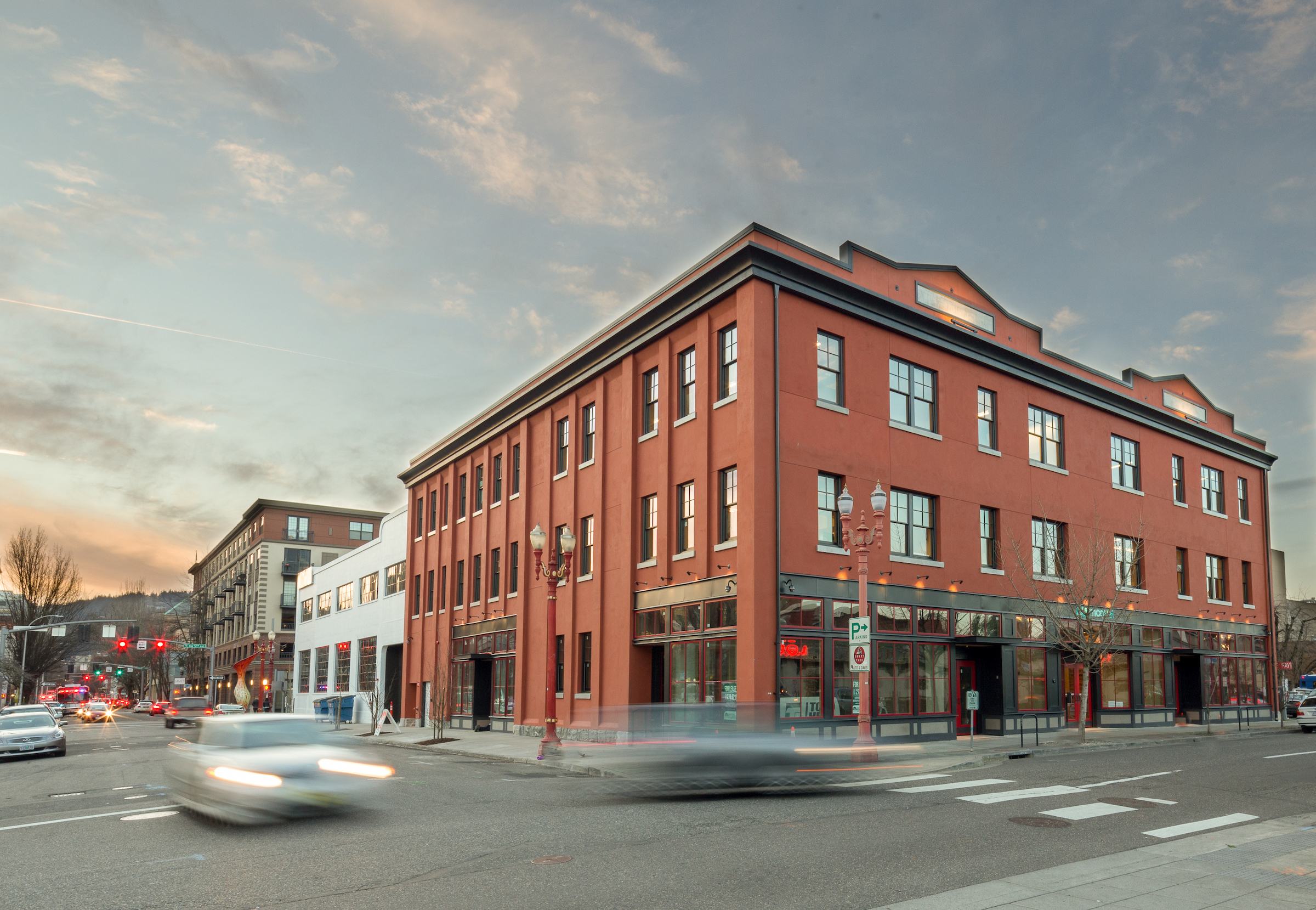
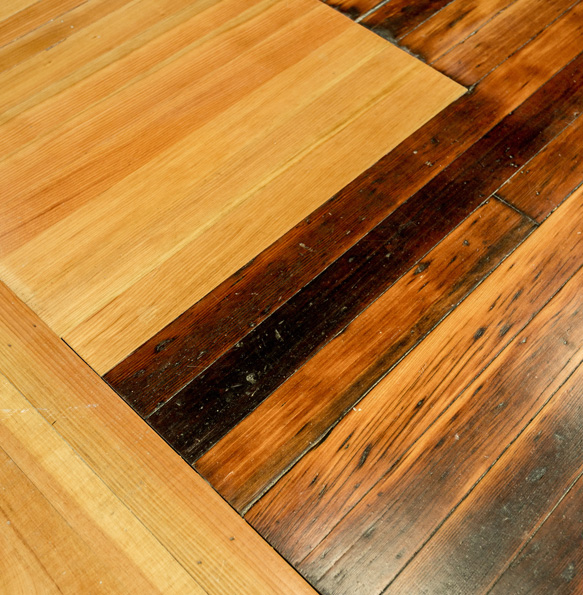
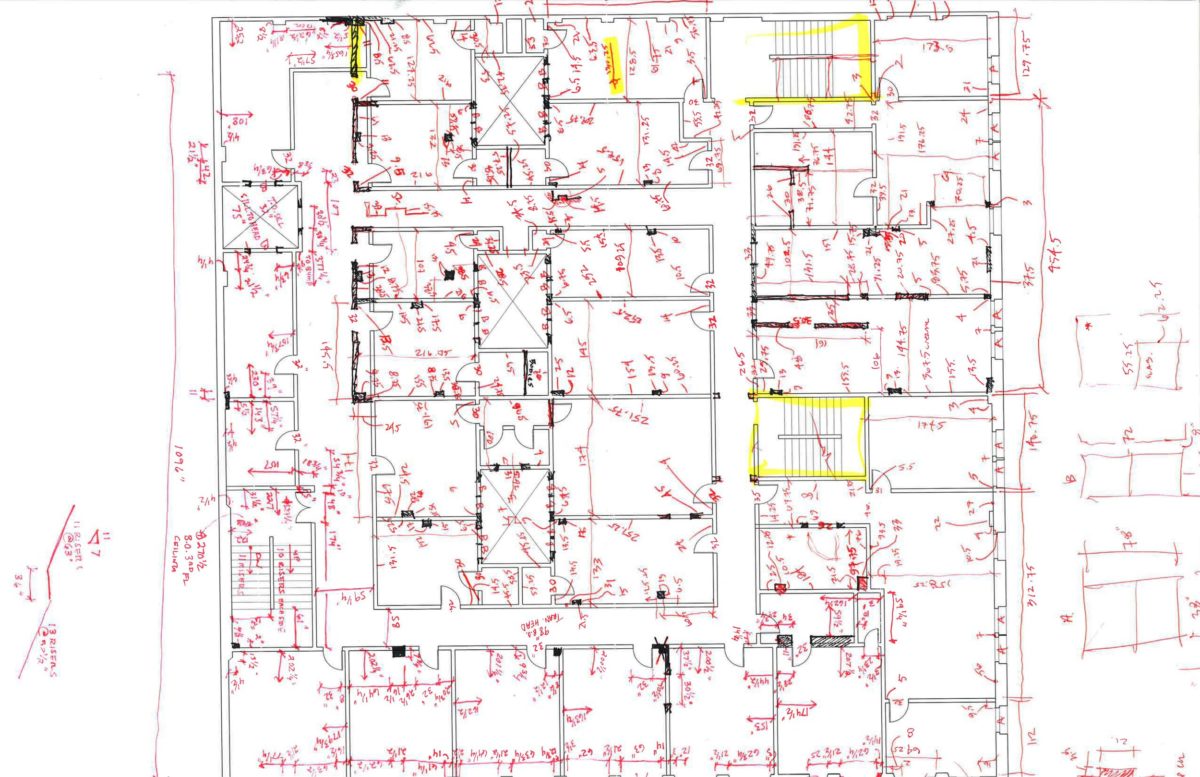
The most challenging measure in the firm’s 17-year history, we discovered a grid pattern of columns that did not square up. We were sure the grid had been orderly at first, but when tenements occupied the building a century ago, the columns had been shuffled around. This was a big deal! Those columns are 18×18 solid timber, they kept the building from collapsing back in the day, and we hoped would keep it from collapsing while we were investigating. The solution was to put the columns back where they belonged. Investing the extra money to use the original columns to make the building structurally sound was an exciting and fascinating team effort that resulted in an authentic restoration.
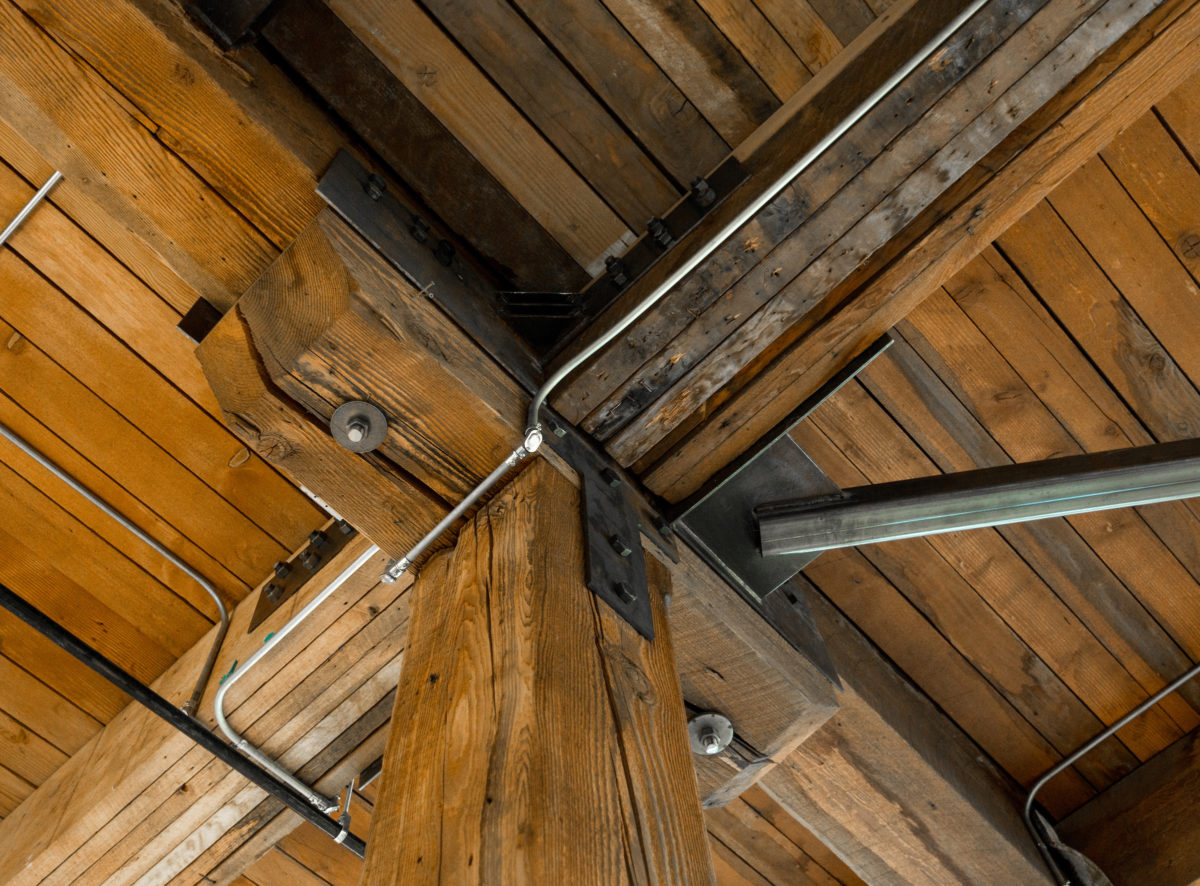
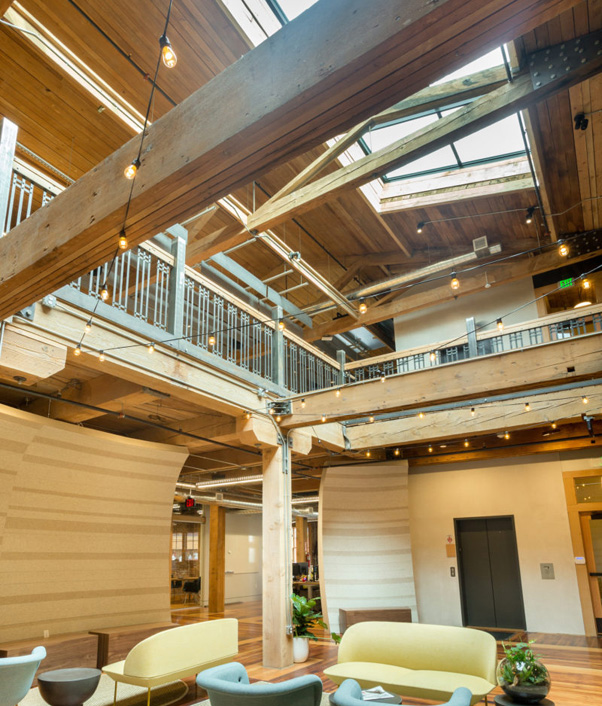
We saved the original fir floors, patching in new where the walls used to be creating a reflection of the tenement apartment boundaries. The pattern communicates the life behind that space and informs visitors that the building holds many stories from the past. The incorporation of old with new wood creates an interesting pattern that coincidentally, captures and reflects the expansive light from the atrium.
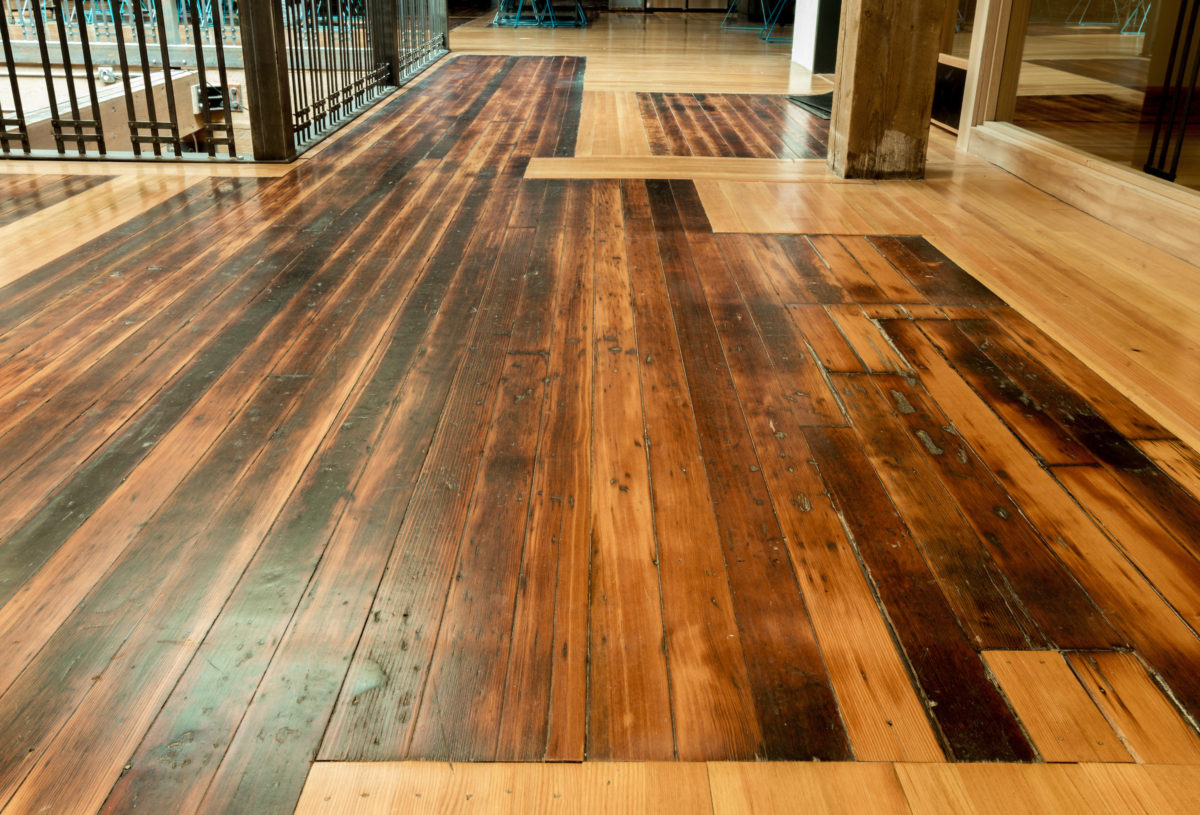
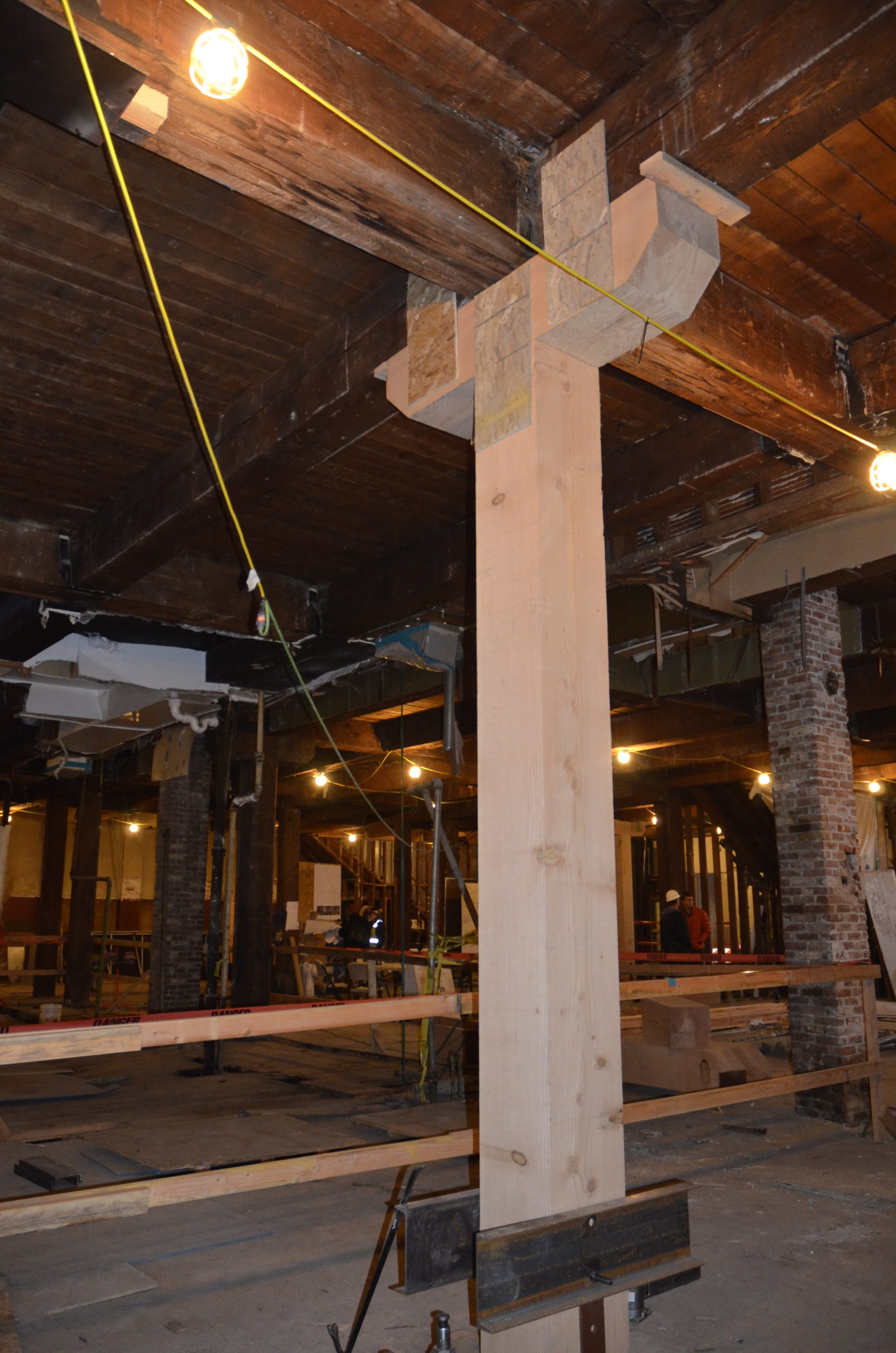
The required seismic update presented a big challenge. Because the building is unreinforced masonry, the bricks don’t work together and are susceptible to collapse. Individual metal work supports the structure and ties the column points together. The metal work is exposed, but the heavy duty steel in which the supports are fabricated looks original to the period of the warehouse’s construction. The archaic industrial vibe has timeless appeal, and the fix provides the required support while allowing the beautiful floors to remain exposed.
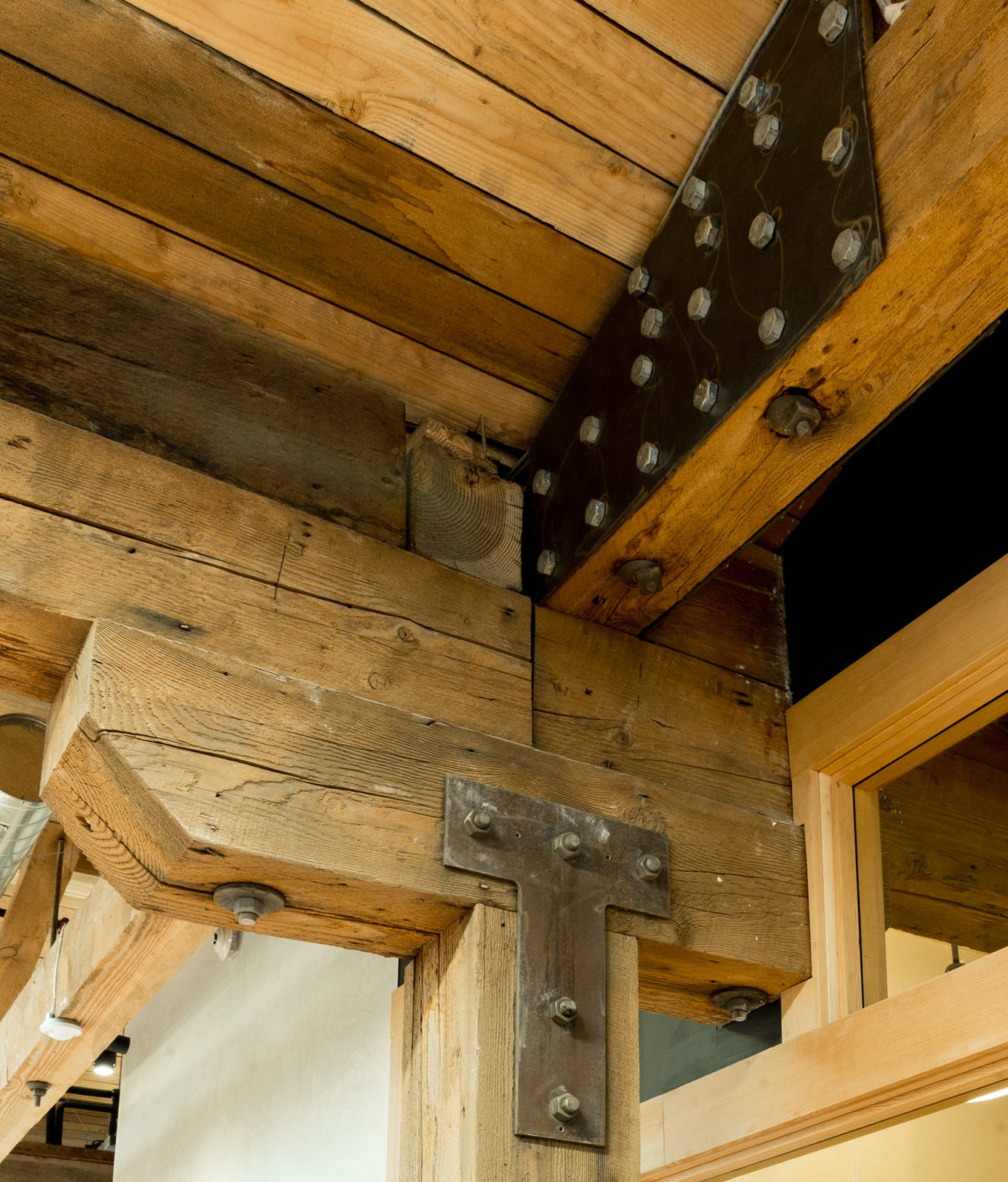
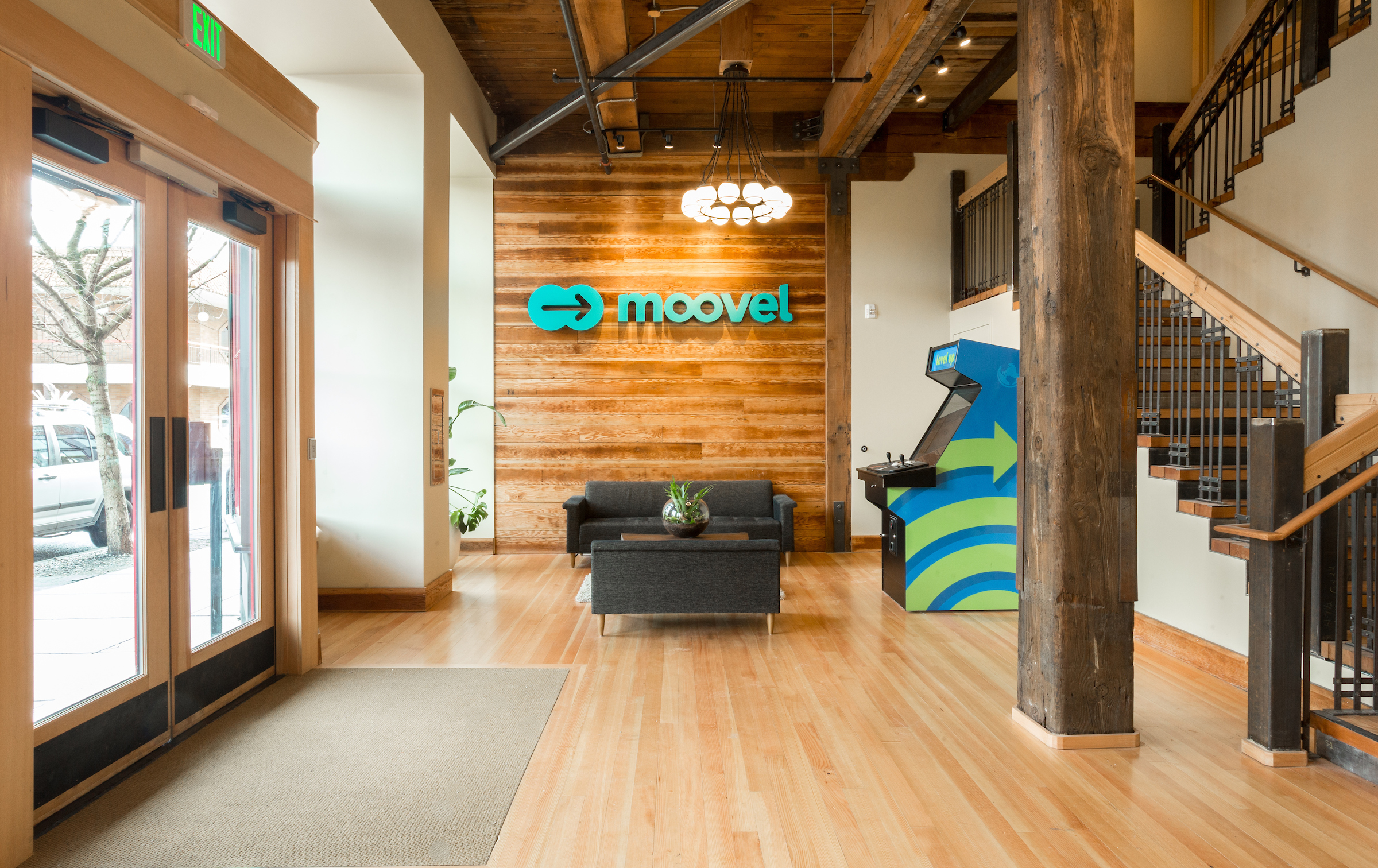
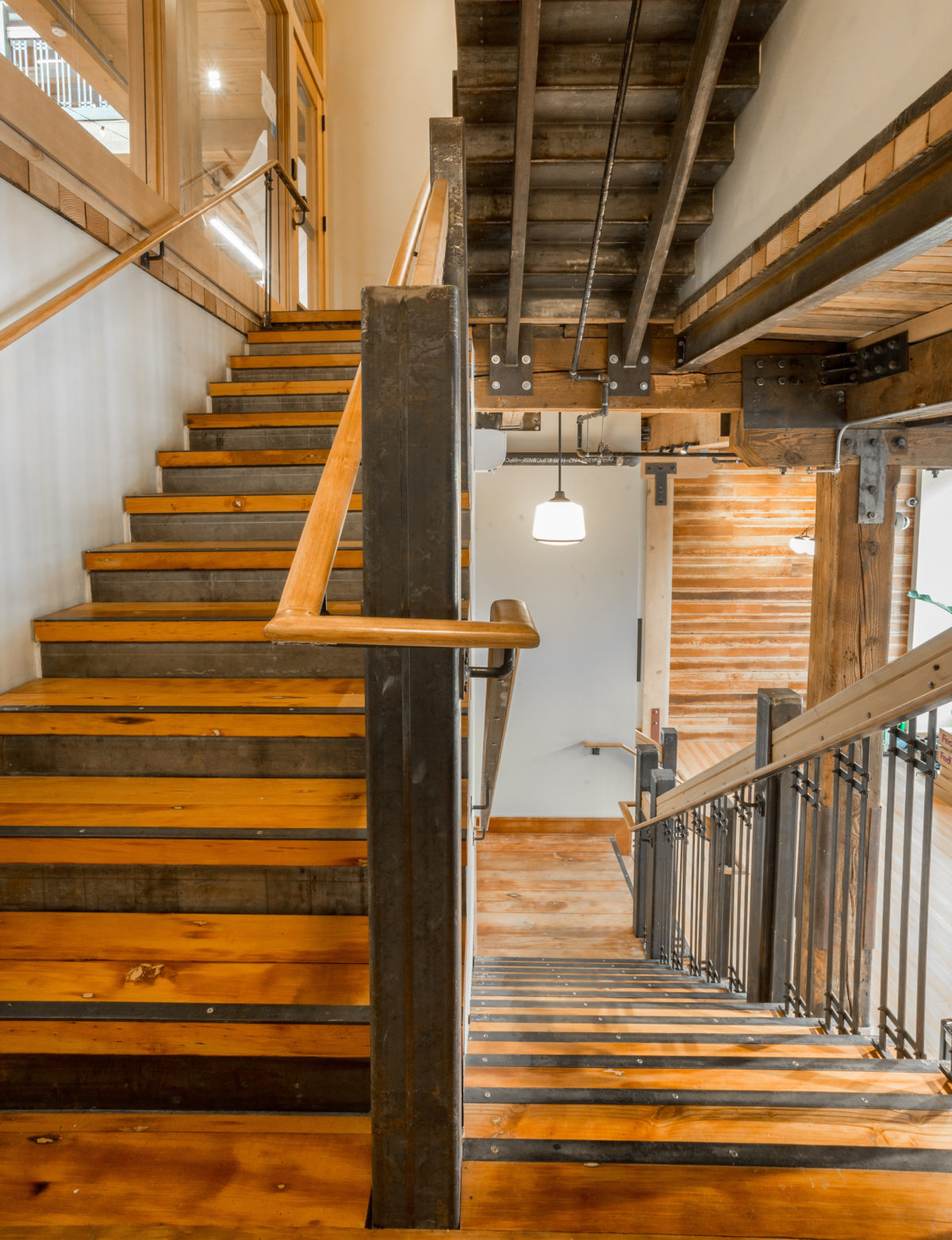
The stairs and railing connect the main entry into the dramatic space. The railing rings the opening and celebrates the design of the amazing exposed structure. Craft is folded into the use of unfinished, raw dark steel that evokes the heavy industrial DNA of the warehouse in our seismic elements and other finishes. The heavy timber decking from the floor cut-out, was recycled into the treads and railing of the stair that shares the building’s stratified tale.
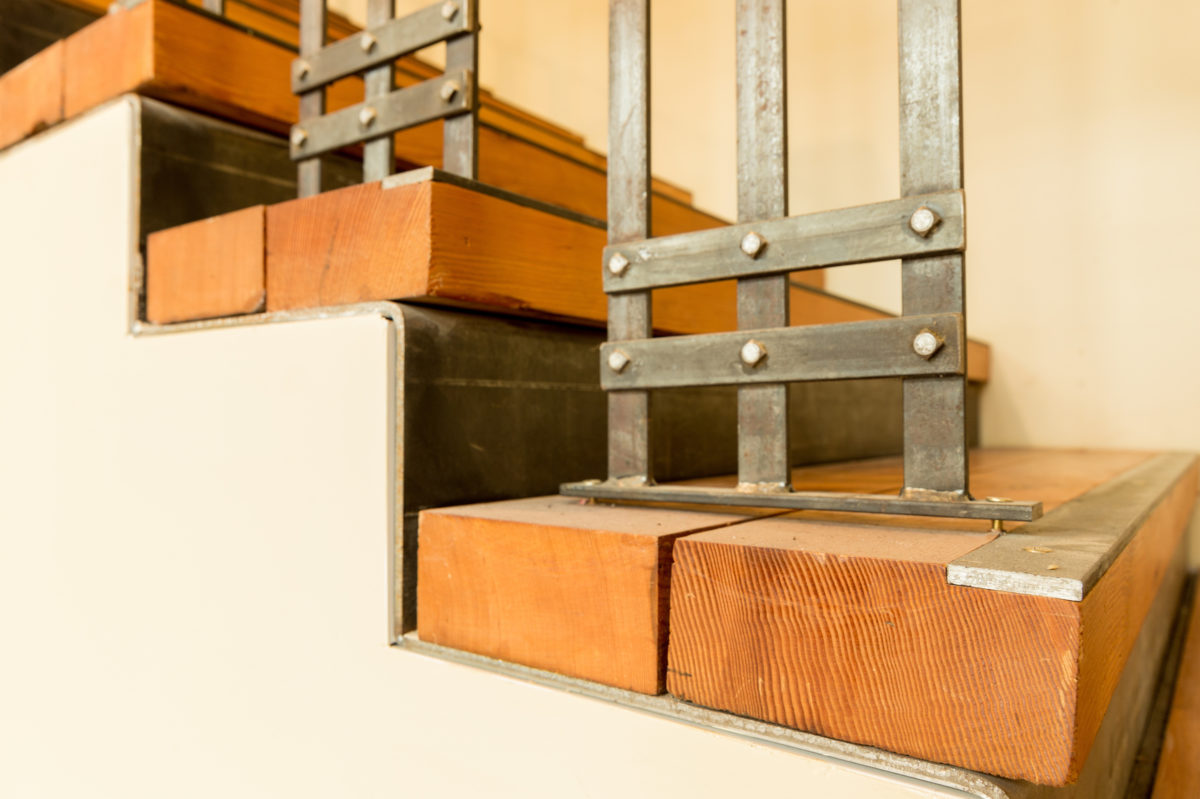
Overland’s owners were faced with a seismic upgrade, which can be daunting financially, entail complex problem solving and tempt developers toward demolition. Overland Warehouse was restored not destroyed, a tangible response to Portland citizens’ distress over rampant demolition. Chinatown has big city problems: crime, drug deals, human trafficking, and homelessness. Extending the storefront to wrap around the corner was a leap of faith. The new storefront of a thriving building has a domino effect of reversing the dangerous energy and creating a safe haven that encourages other stakeholders to invest in Chinatown and historic properties. Already proving to be a good investment, the building is 85% occupied within one month of completion, positioning it as a viable 21st century asset. The creative clientele with whom the building’s charm and craftsmanship resonates are, in turn, providing an economic boon to this neighborhood in transition.
